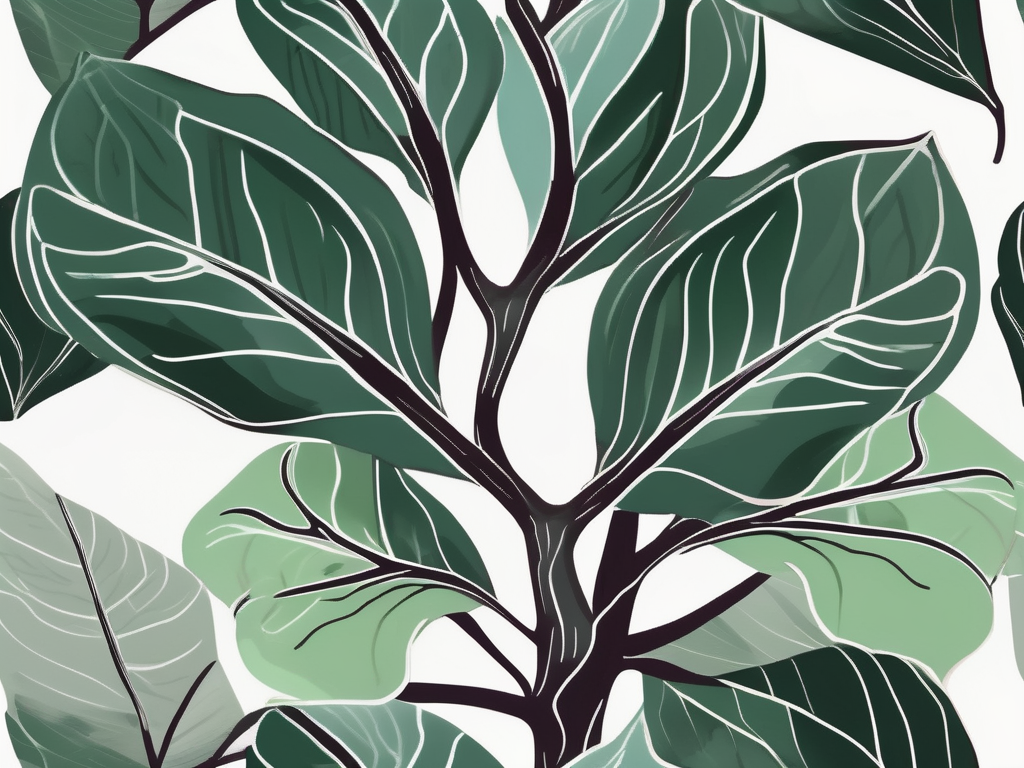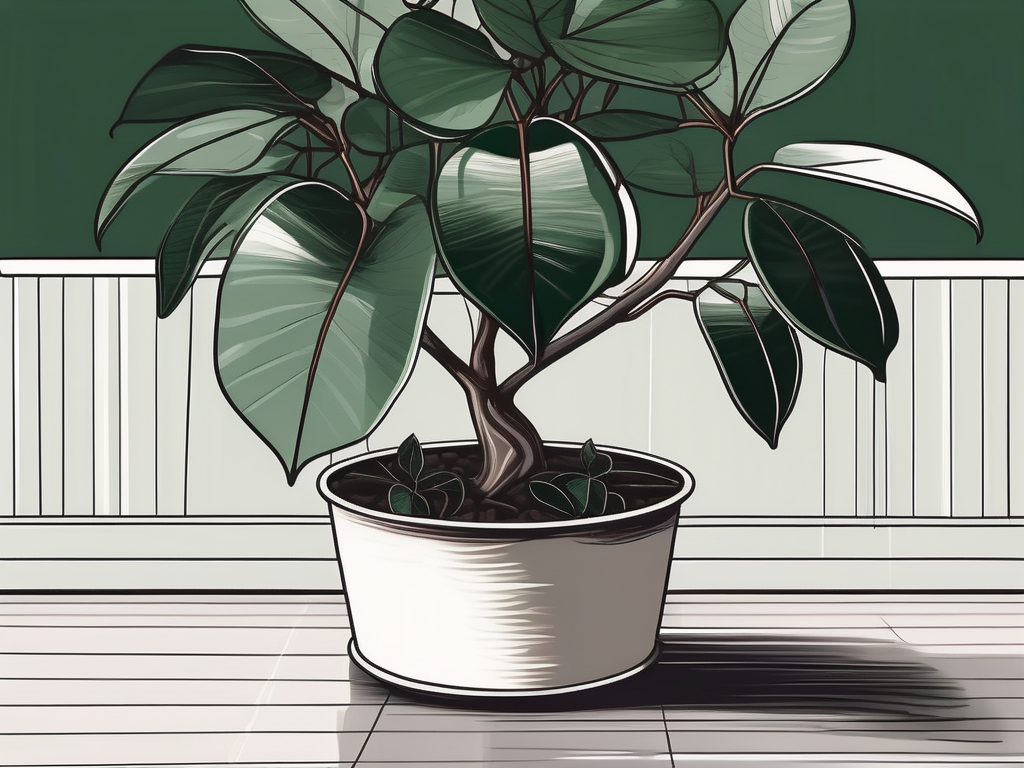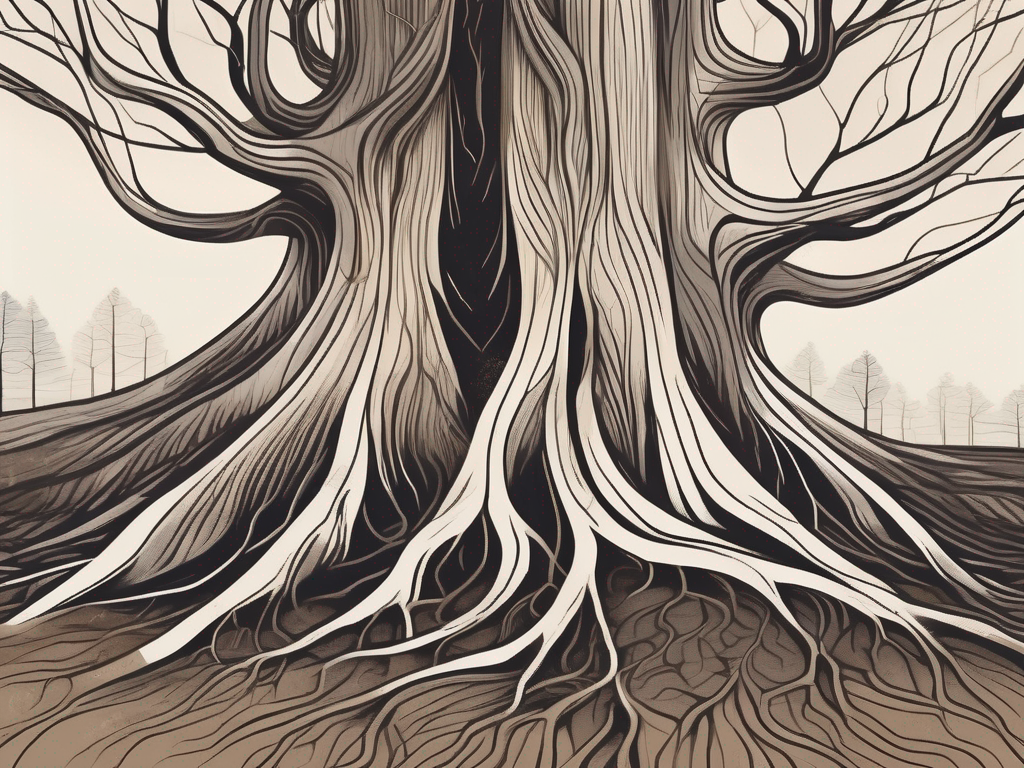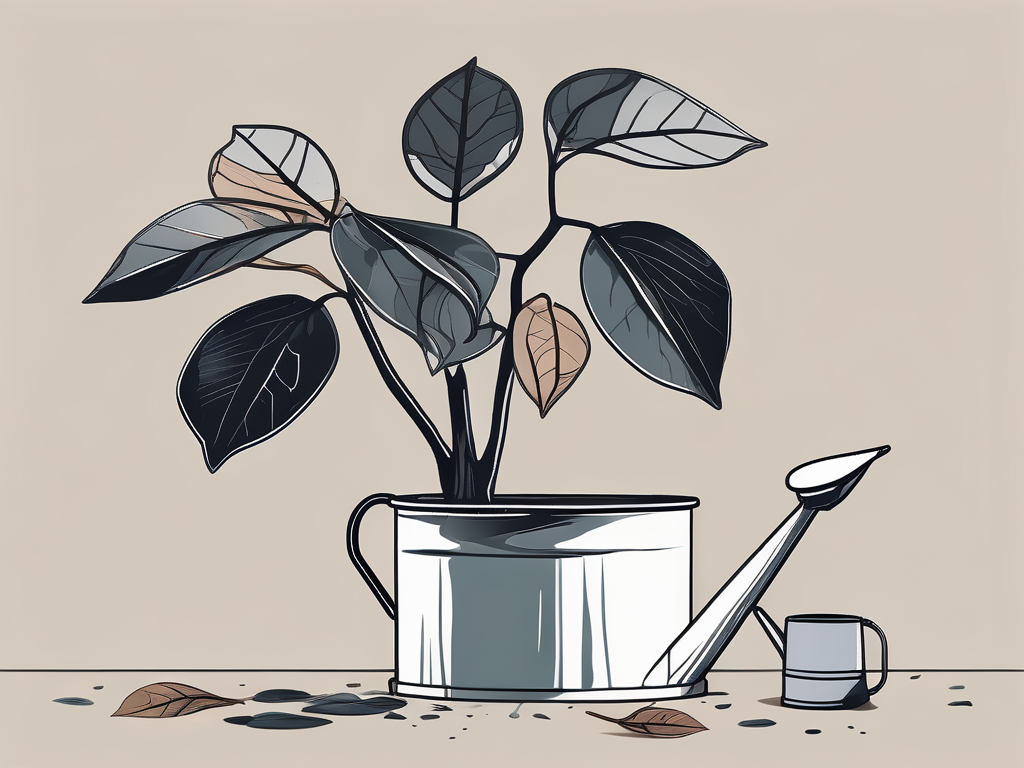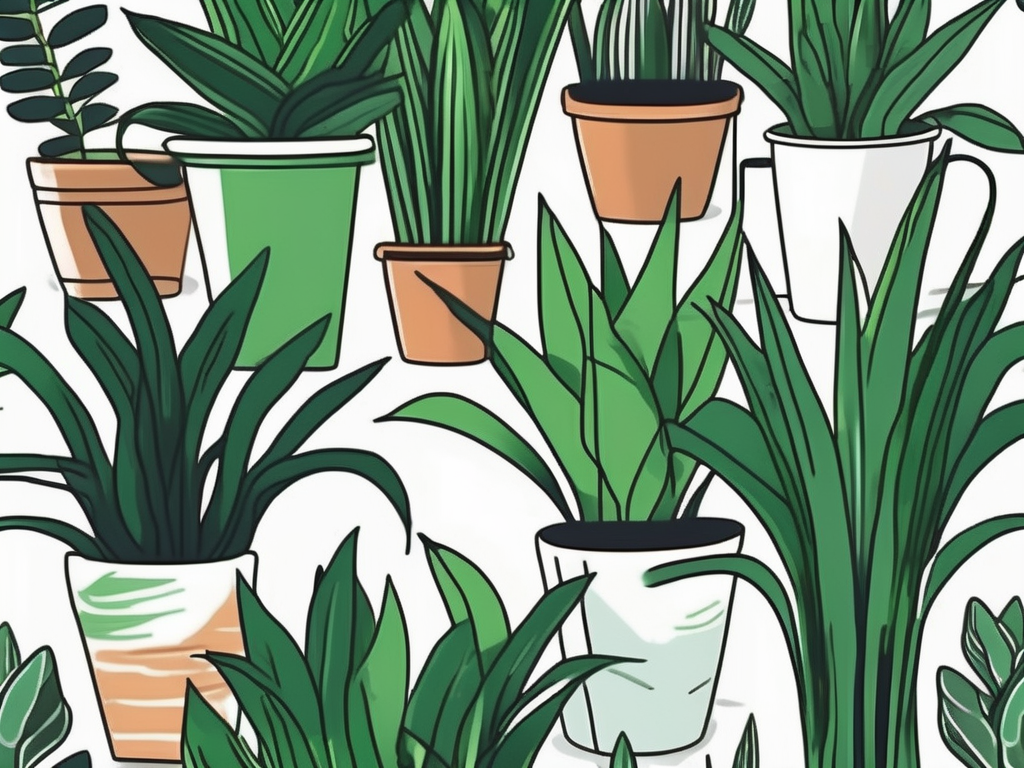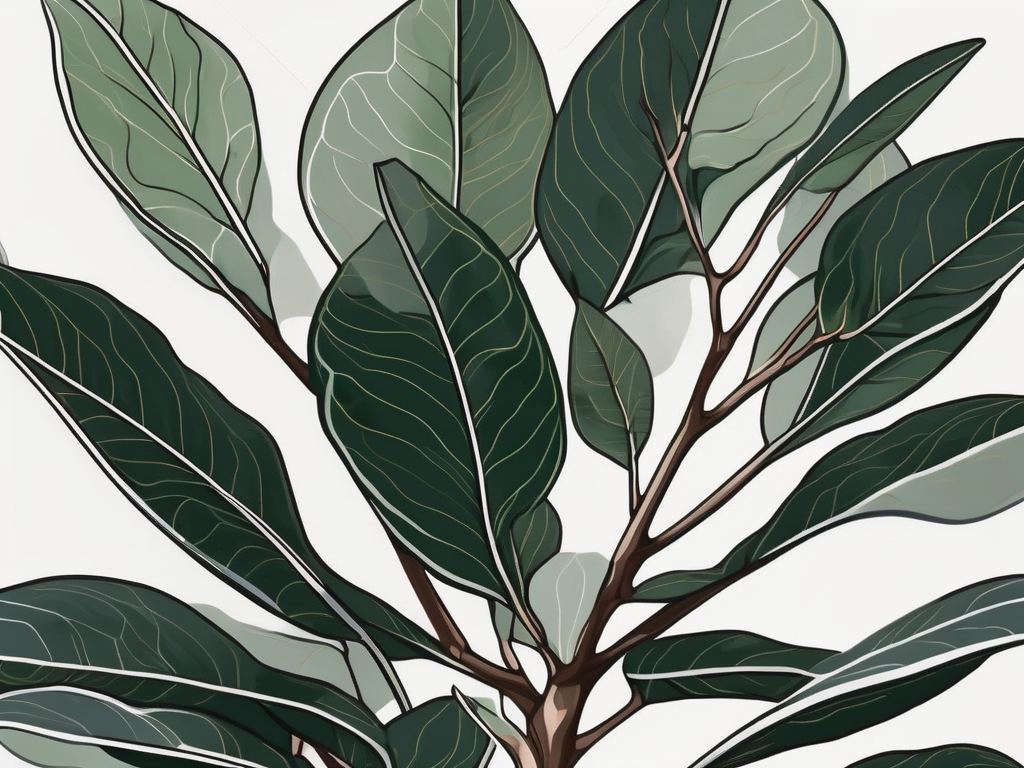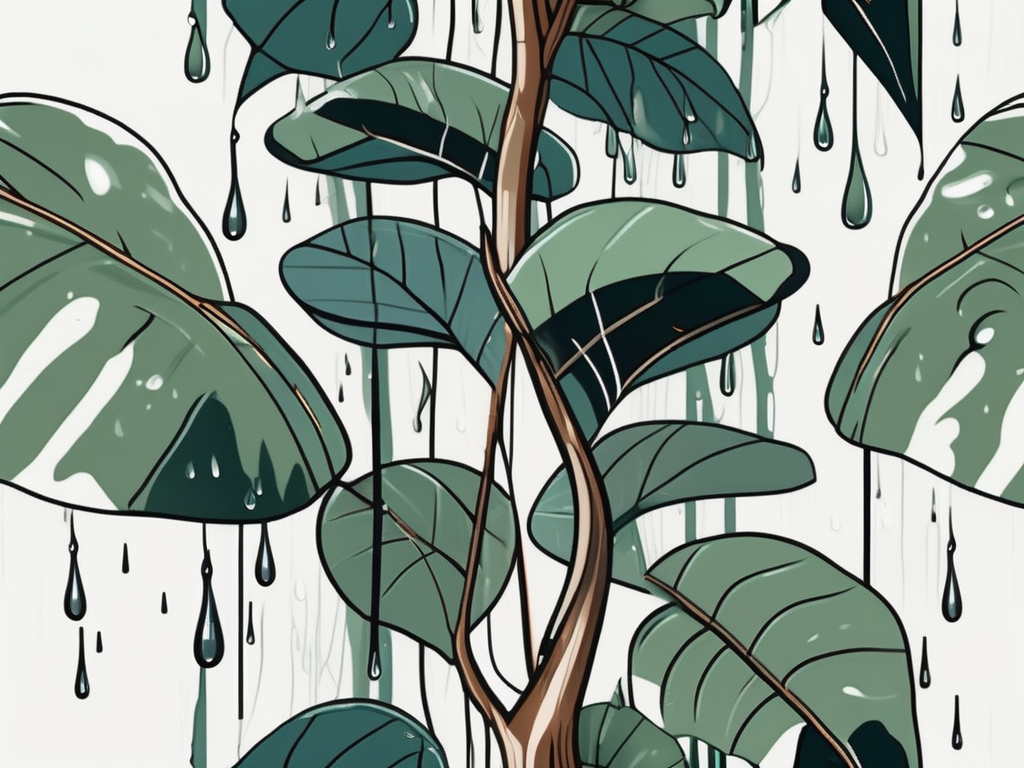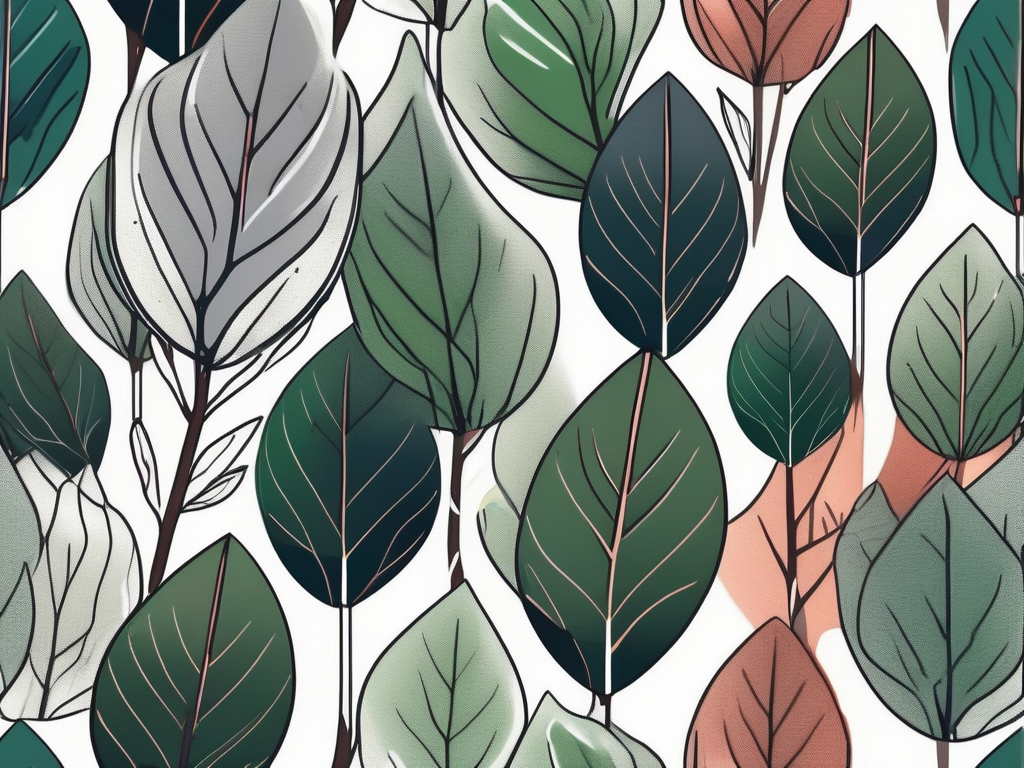
Picture this: you're gazing at your rubber tree plant, admiring its broad, glossy leaves. You want it to thrive, grow taller, and become the star of your indoor jungle. But how do you make sure it's getting the nutrients it needs? That's where the right fertilizer can make all the difference. Getting your rubber tree the right boost can bring out its best, making it a stunning addition to your home.
In this article, we're going to chat about finding the ideal fertilizer for your rubber tree. We'll explore different types of fertilizers, when and how to apply them, and some handy tips for keeping your plant happy and healthy. So, if you're ready to learn how to give your rubber tree the care it deserves, let's get started!
Understanding Your Rubber Tree's Needs
Before we get into the nitty-gritty of fertilizers, let's spend a moment understanding what your rubber tree needs. Rubber trees, or Ficus elastica, are quite popular for their resilience and stunning foliage. They hail from Southeast Asia and love warm, humid environments. But don't worry, they aren't too fussy and can adapt to indoor conditions quite well.
However, just like us, these plants have specific dietary needs. They require a balanced mix of nutrients to grow strong and healthy. The primary nutrients they're after include nitrogen (N), phosphorus (P), and potassium (K), often referred to as NPK. Nitrogen helps with leafy growth, phosphorus is great for root development, and potassium strengthens the plant's overall health.
In addition to NPK, rubber trees benefit from secondary nutrients and micronutrients like calcium, magnesium, and iron. These aren't as crucial as the big three, but they play a support role in keeping the plant vibrant. So, when choosing a fertilizer, it's essential to look for one that provides a balanced mix of these nutrients. But more on that in a bit!
Choosing the Right Fertilizer
With so many fertilizers on the market, it can feel a bit overwhelming to pick the right one for your rubber tree. The good news is that these plants are not overly demanding when it comes to fertilizer types. However, some options do stand out.
Liquid fertilizers are a popular choice for many plant people because they're easy to apply and absorb quickly. You can add them to your watering routine, which makes it convenient. Look for a balanced liquid fertilizer with an equal ratio of NPK, like 10-10-10 or 20-20-20. This ensures your rubber tree gets a well-rounded nutrient boost.
Granular fertilizers are another option. These are typically sprinkled on the soil surface and watered in. They release nutrients slowly, which means less frequent application. This can be a great choice if you prefer a more hands-off approach.
Organic fertilizers, such as compost or worm castings, are an eco-friendly option. They enrich the soil naturally and improve its structure over time. While they may not provide the instant results of synthetic fertilizers, they contribute to long-term soil health, which benefits your plant in the long run.
When to Fertilize Your Rubber Tree
Timing is everything when it comes to fertilizing your rubber tree. Understanding the plant's growth cycle can help you decide when to feed it. Like many houseplants, rubber trees experience active growth during the warmer months of spring and summer. This is when you'll want to fertilize them regularly, usually every four to six weeks.
During fall and winter, the growth slows down, and the plant enters a resting phase. It's best to hold off on fertilizing during this time, as the plant's nutrient requirements decrease. Over-fertilizing during the dormant season can lead to nutrient buildup in the soil, which can harm the plant.
That said, if you notice your rubber tree putting out new leaves during the off-season, a light feeding might be beneficial. However, always err on the side of caution, as too much fertilizer can do more harm than good.
How to Apply Fertilizer
Now that you've picked the right fertilizer and know when to apply it, let's talk about how to do it properly. For liquid fertilizers, follow the instructions on the label. Typically, you'll mix a specific amount of fertilizer with water and apply it during your regular watering schedule. Make sure the soil is moist before applying liquid fertilizer to prevent root burn.
With granular fertilizers, sprinkle the recommended amount evenly over the soil surface. Gently rake it into the top inch of soil, taking care not to disturb the roots. Water the plant afterward to help the granules dissolve and release nutrients.
If you're using organic fertilizers, such as compost or worm castings, you can mix them into the top layer of soil or use them as a top dressing. Over time, they'll break down and enrich the soil naturally.
Remember, it's always better to under-fertilize than over-fertilize. If you're unsure about the correct dosage, start with a lower amount and observe how your plant responds. You can always adjust as needed.
Signs Your Rubber Tree Needs Fertilizer
Even if you're following a fertilizing schedule, it's helpful to know the signs that your rubber tree might need a nutrient boost. Here are a few indicators to watch for:
- Yellowing leaves: If the leaves are turning yellow, especially the older ones, it could be a sign of nitrogen deficiency.
- Slow growth: If your rubber tree seems to be growing at a snail's pace, it might need more nutrients to support its growth.
- Leaf drop: While some leaf drop is normal, excessive shedding could indicate a nutrient imbalance.
- Pale or small leaves: If new leaves are coming in pale or smaller than usual, it might be a sign of nutrient deficiency.
Keep in mind that these symptoms can also result from other factors, such as overwatering or poor lighting. Before reaching for the fertilizer, assess the plant's overall care and environment to rule out other potential issues.
Common Mistakes to Avoid
We've all been there—overzealous with the fertilizer, thinking more is better. But when it comes to rubber trees, moderation is key. Here are some common mistakes to avoid:
- Over-fertilizing: Too much fertilizer can lead to salt buildup in the soil, which can damage roots and cause leaf burn.
- Using the wrong type: Not all fertilizers are created equal. Make sure you're using one that's suitable for houseplants and balanced in nutrients.
- Ignoring the season: Fertilizing during the dormant season can be counterproductive. Remember to adjust your feeding schedule based on the plant's growth cycle.
- Skipping watering: Always water your plant before applying fertilizer to help distribute the nutrients evenly and prevent root damage.
By avoiding these pitfalls, you'll set your rubber tree up for success and ensure it stays healthy and vibrant.
Enhancing Soil Health for Better Growth
Fertilizers are just one part of the equation. To truly support your rubber tree's growth, it's important to focus on soil health. Healthy soil provides a strong foundation for your plant, improving nutrient uptake and overall vigor.
Start by ensuring your rubber tree is planted in well-draining soil. A mix of potting soil, perlite, and peat moss is a great choice. This combination allows for good aeration and prevents water from pooling around the roots.
Consider incorporating organic matter, like compost or worm castings, into the soil. These materials not only provide nutrients but also improve soil structure and promote beneficial microbial activity.
Finally, don't forget to repot your rubber tree every couple of years. Fresh soil provides a nutrient-rich environment, and a larger pot gives the roots more room to grow. Just be sure not to choose a pot that's too big, as this can lead to water retention issues.
Dealing with Fertilizer Burn
Sometimes, despite our best intentions, things don't go as planned, and our plants suffer from fertilizer burn. This happens when excess fertilizer salts accumulate in the soil, leading to root damage and leaf burn.
If you notice signs of fertilizer burn, such as brown leaf tips or edges, it's time to act. The first step is to flush the soil with water. This helps wash away excess salts and reduce their concentration. Water the plant thoroughly, allowing the water to drain out of the pot several times.
After flushing, hold off on fertilizing for a while. Give your plant time to recover, and monitor it closely for any further signs of stress. Adjust your fertilizing routine to prevent future issues, ensuring you're not over-applying or using a too-concentrated fertilizer.
Balancing Fertilization with Other Care
While fertilization is important, it's just one piece of the puzzle. To keep your rubber tree thriving, you need to balance it with other aspects of plant care. Here are a few tips to consider:
- Light: Rubber trees prefer bright, indirect light. Too much direct sunlight can scorch the leaves, while too little can stunt growth.
- Watering: Allow the soil to dry out between waterings. Overwatering can lead to root rot, which is a common issue with rubber trees.
- Humidity: These plants enjoy a bit of humidity. Consider misting the leaves or using a humidifier, especially during the winter months.
- Pest control: Keep an eye out for common pests like spider mites and scale. Regularly cleaning the leaves and inspecting the plant can help prevent infestations.
By taking a holistic approach to plant care, you'll create an environment where your rubber tree can flourish.
Final Thoughts
In a nutshell, finding the right fertilizer and applying it correctly can make a world of difference for your rubber tree. By understanding your plant's needs and following a thoughtful care routine, you're well on your way to a thriving, beautiful plant.
At Cafe Planta, we love connecting with fellow plant lovers. Whether you're looking for the perfect houseplant or need advice on plant care, we're here to help. Feel free to email us or reach out on Instagram. Let's celebrate the joy of plants together!















